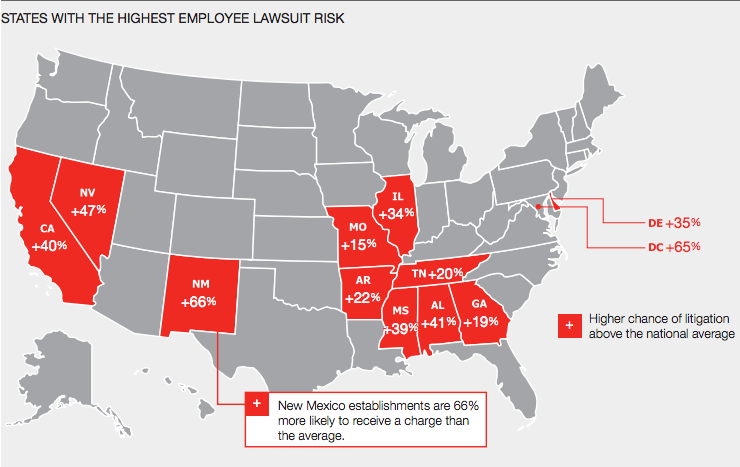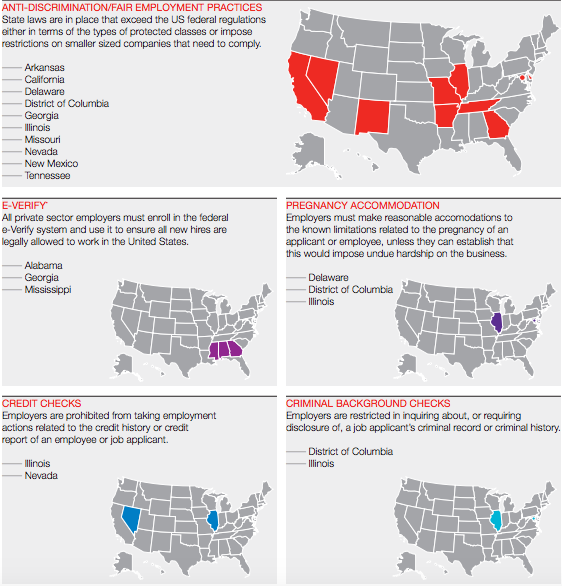From news anchors, to titans of the entertainment industry, to corporate executives, and elected officials, headlines show no one is above the fallout of sexual harassment in the workplace. Millions of dollars have been paid in settlements and the once mighty have fallen in disgrace.
Yet, a belated resignation or termination doesn’t absolve the employer from legal action—and often leaves the aggrieved and/or juries wondering how the employer might have handled the situation better.
How can risk managers, human resources (HR), executives and companies they serve help prevent sexual or other forms of harassment? The question becomes more pressing now with the “Ending Forced Arbitration of Sexual Harassment” bill. The proposed legislation voids forced arbitration and allows disputes to proceed in court rather than in a confidential arbitration setting. Proponents believe the prospect of making these cases public will reduce such activity in the workplace.
Smart employers aren’t waiting on legislation to make workplaces safer, however. They are planning and training now to reduce sexual harassment to mitigate risk, and therefore, potential damage claims affecting executives and employees across employer ranks. Ensuring such a workplace should result in fewer acts and reports of harassment and insurance claims. As all employers are interested in the bottom line as well as a positive work environment, a more defensible posture against future claims should be top-of-mind for every risk manager and HR Executive.
Old policies prohibiting harassment must be dusted off, reviewed, updated and publicized. These policies protect those whose accusations are proven to have merit or are brought in good faith, they create consequences for those proven to have abused others, and should clearly define expectations and ramifications.
These strategies can help risk managers, HR teams, and employers keep their organizations out of the headlines:
- Review internal policies and procedures. When was the last time your organization reviewed the HR policies and procedures manual? Older manuals may ineffectively address the issue, including under the Equal Employment Opportunity Commission (EEOC) guidance.
online pharmacy augmentin with best prices today in the USA
Once updated, make the document available to the workforce in print and online. However, a manual of policies is only the beginning.
- Training is not a one-time event for select individuals. To paraphrase Aristotle, inclusion training in the workplace is not an act, but a habit. Hire a professional skilled in workplace diversity and inclusion training, and make courses mandatory from the rank and file to the C-suite. Refresh the training every few years, and make sure every new hire is trained as part of onboarding.
- Create a “See something, say something” culture. Sexual harassment is avoided best in organizations with a culture of transparency and accountability. Management must welcome reports of unwanted sexual advances, and then investigate such claims. Such activity reported but not acted upon can worsen the environment, and become powerful evidence for claimants in harassment lawsuits.
- Establish a realistic reporting procedure. If protocol urges an aggrieved employee to report harassment to a direct supervisor—and that supervisor is the alleged perpetrator—an obvious conflict arises. Encourage employees to speak directly to HR or a high level manager such as a division, general or plant manager. The reporting procedure should ensure that certain steps are taken so complaints are not swept aside.
- Empower HR to investigate all claims. If HR receives a complaint, it has a legal obligation to investigate further. Even if the complainant fears an investigation could jeopardize the alleged harasser’s job, the law is clear that a prompt investigation occur to stop any alleged harassment from continuing. Termination or disciplinary action are not necessarily required; often, claimants just want the behavior to stop. It could be immature or otherwise benign playfulness that crossed the line—behavior a simple discussion could remedy.
online pharmacy apixaban with best prices today in the USA
Follow up with the complainant to ensure the behavior has stopped and to document that follow-up occurred.
Effective policies and procedures in place and rigorously followed can help employees know the organization takes sexual, racial, and other forms of harassment seriously; insurers know you’ve established policies designed to protect both employees and the organization against incidents of harassment; and for those who might see million-dollar claims in the news and think they could be next, that you’ve set up your defenses.




